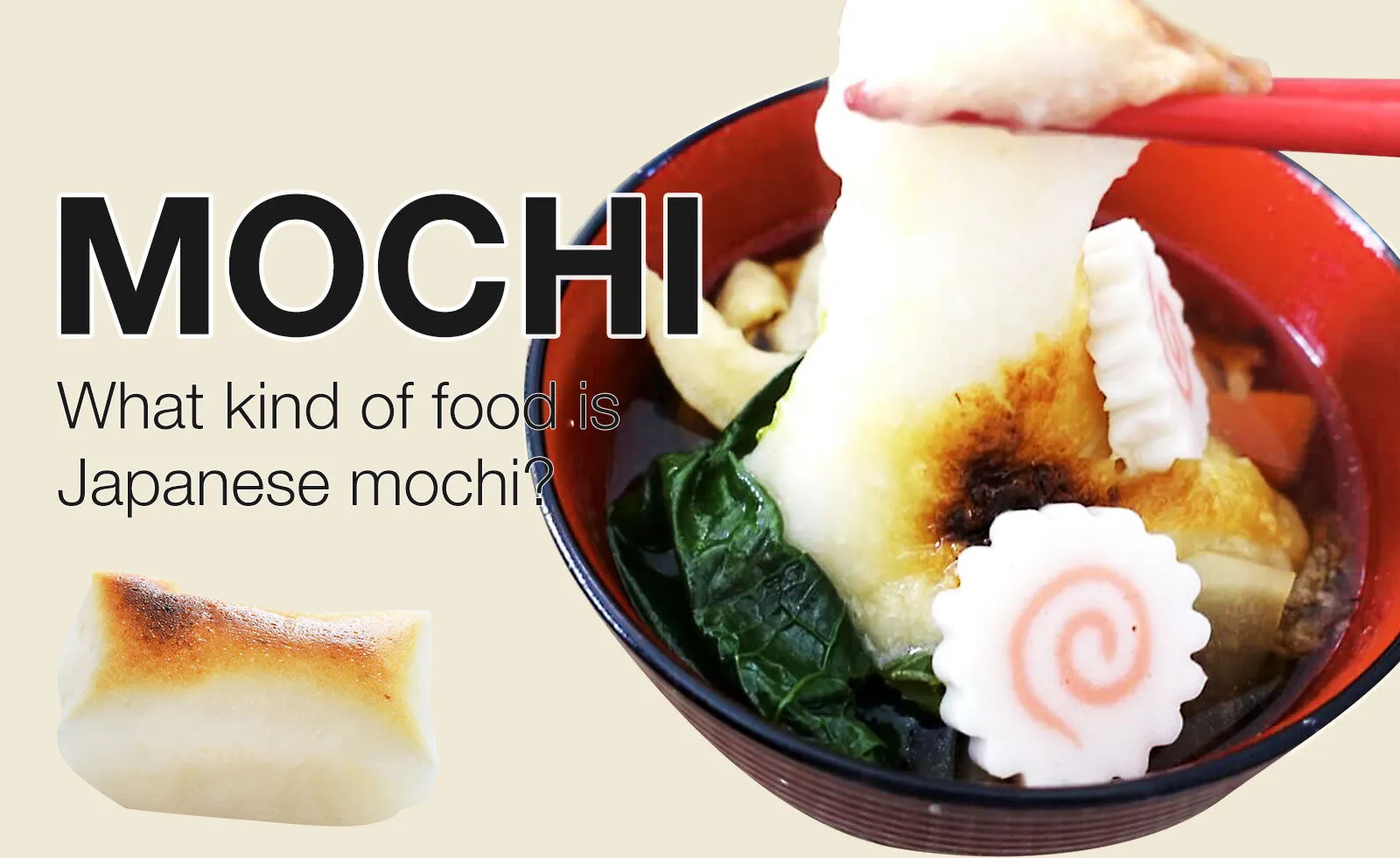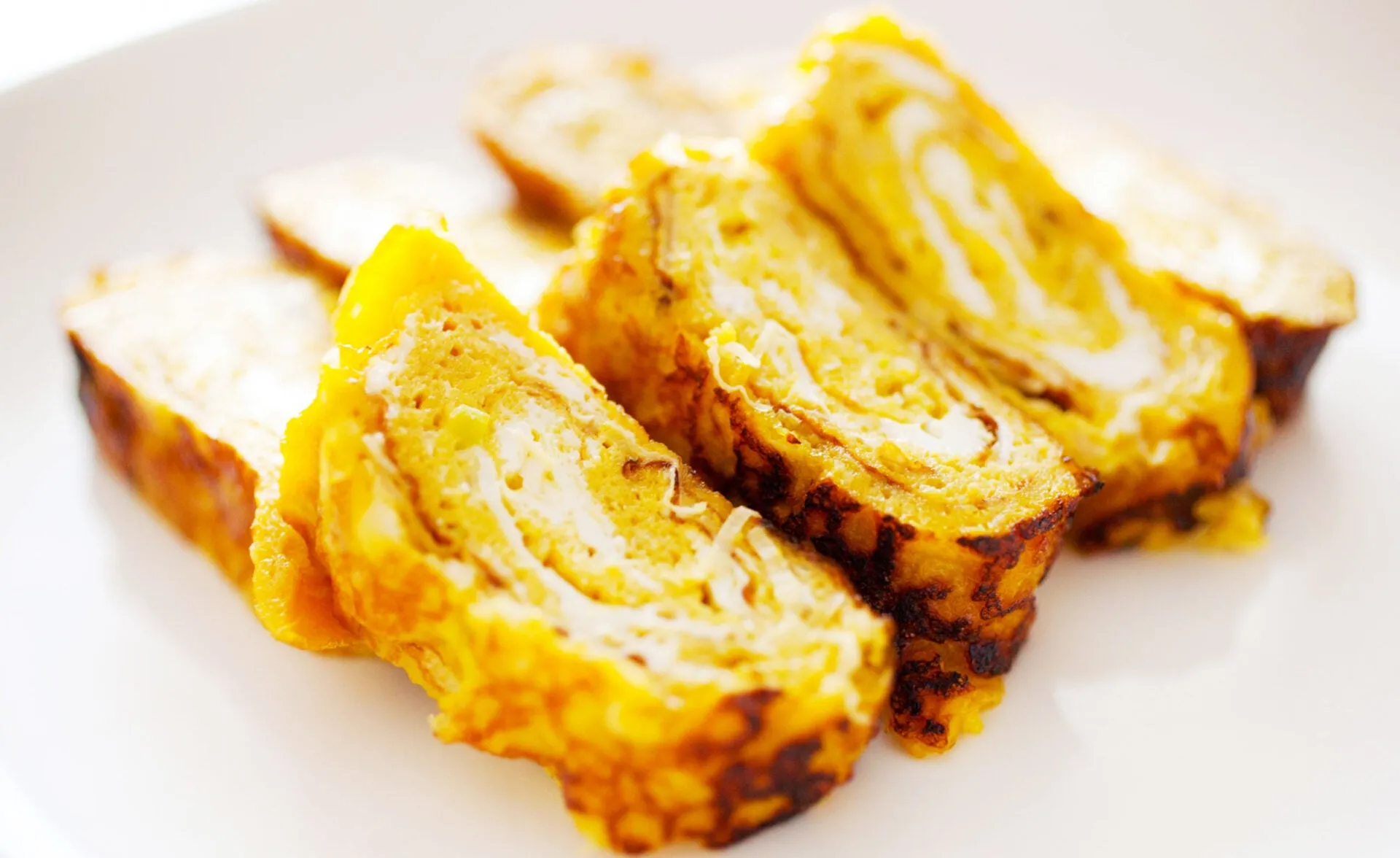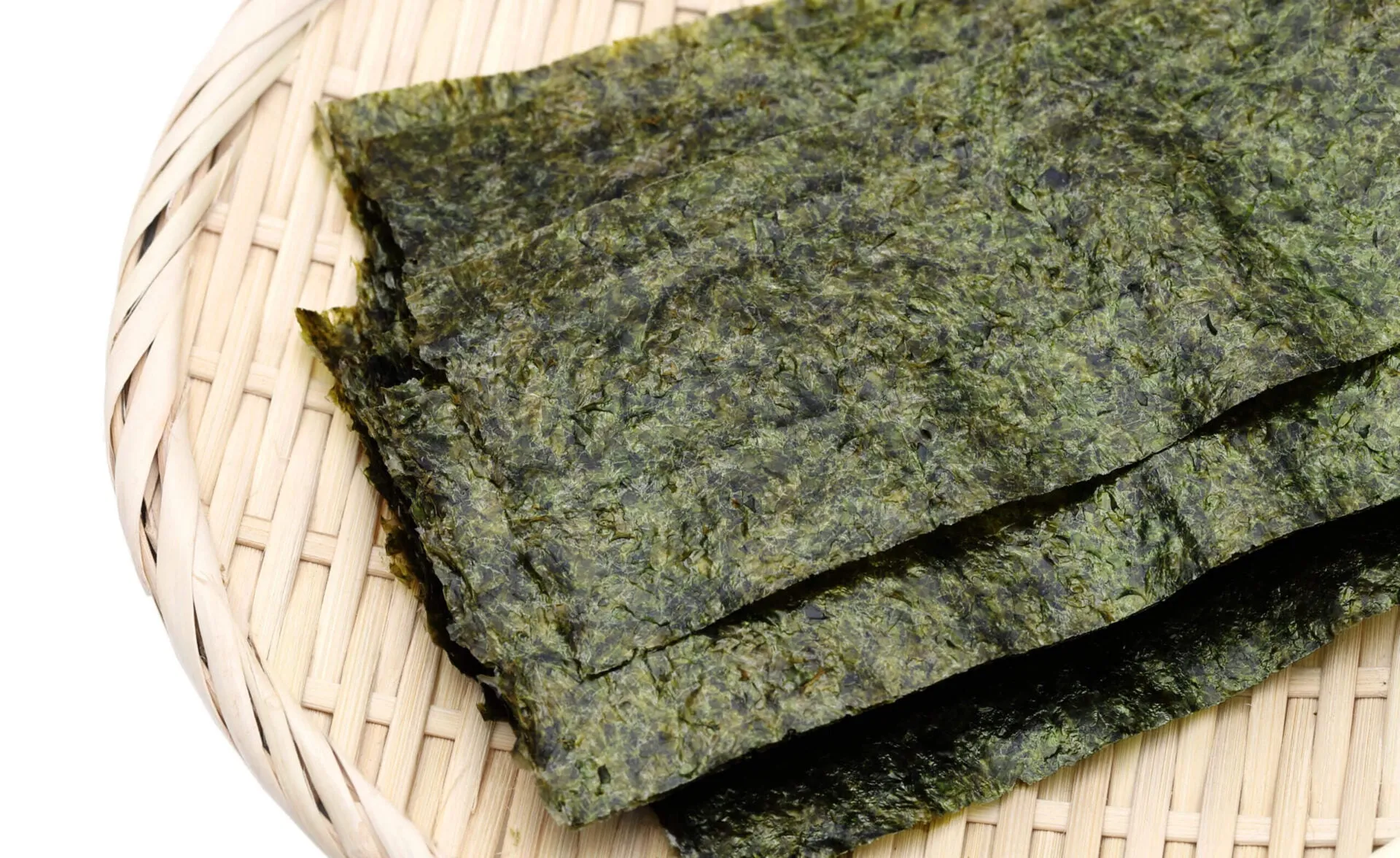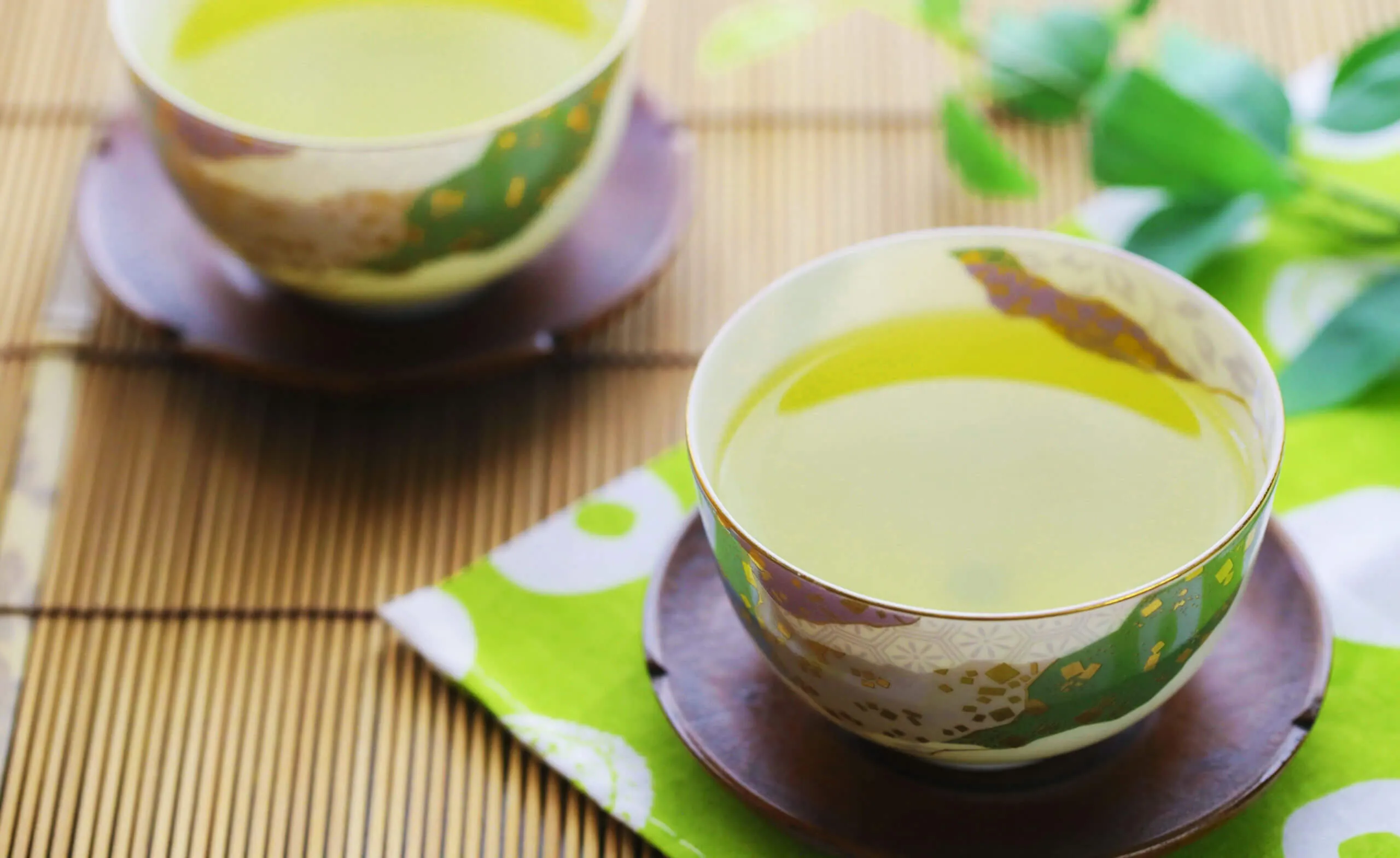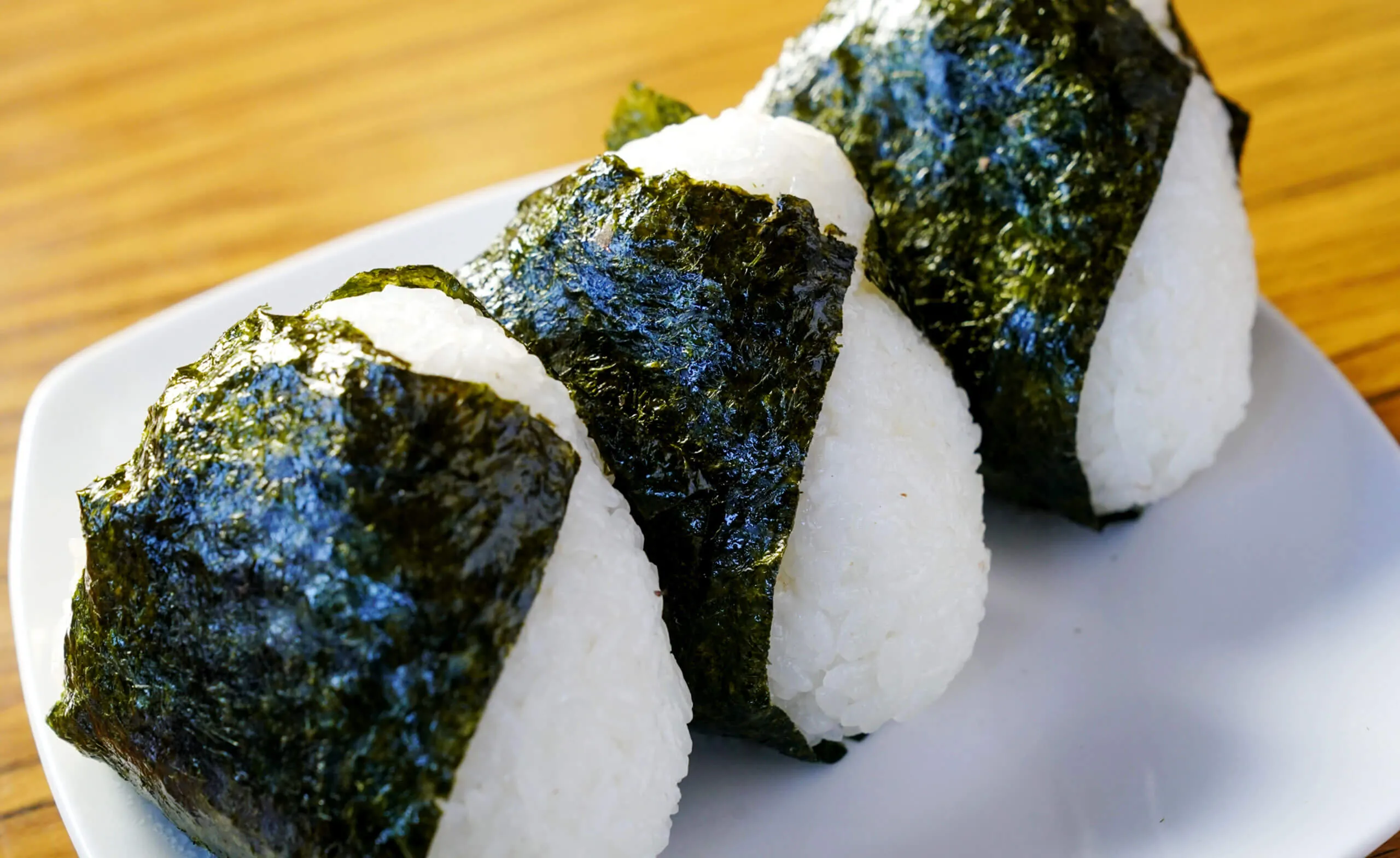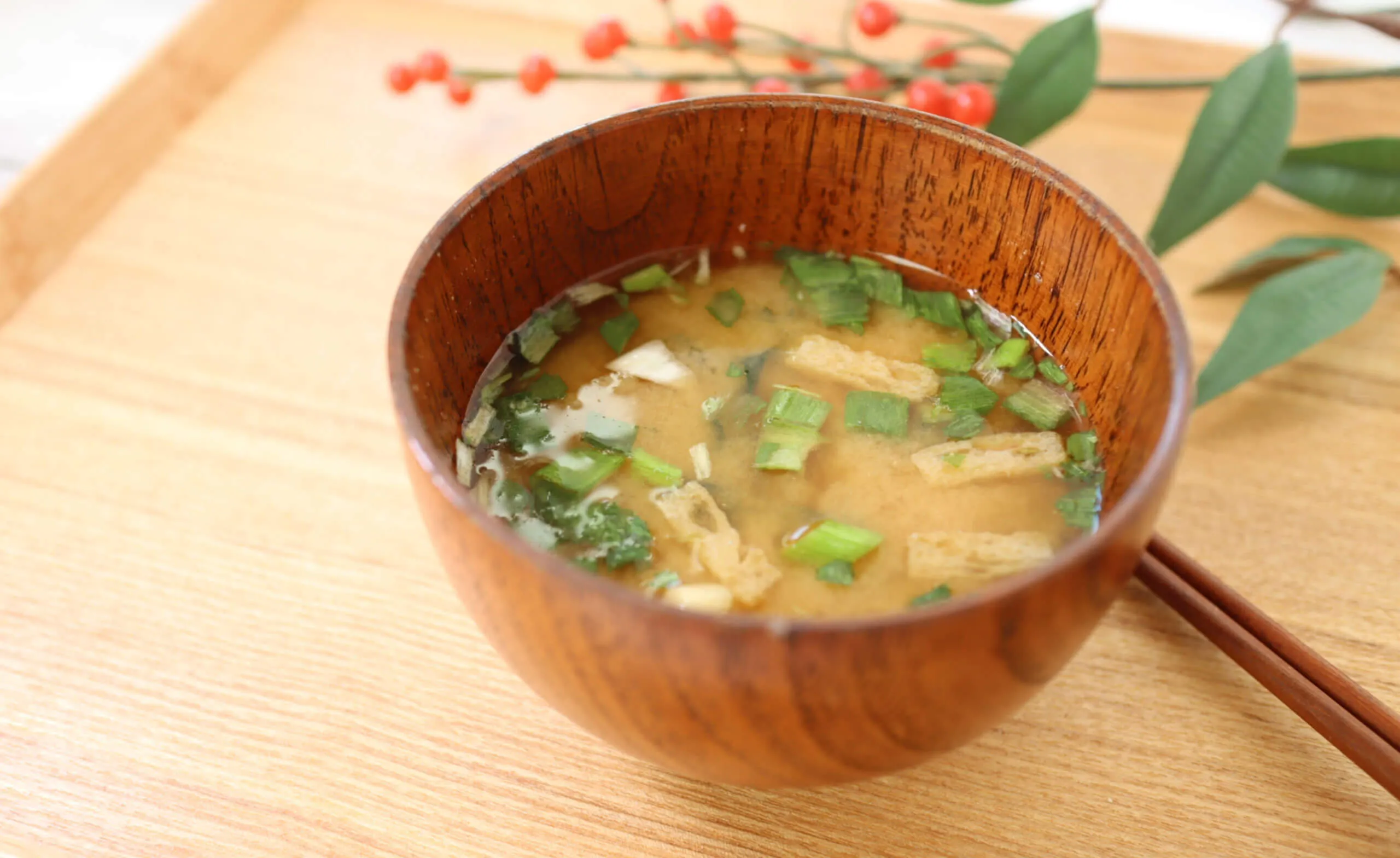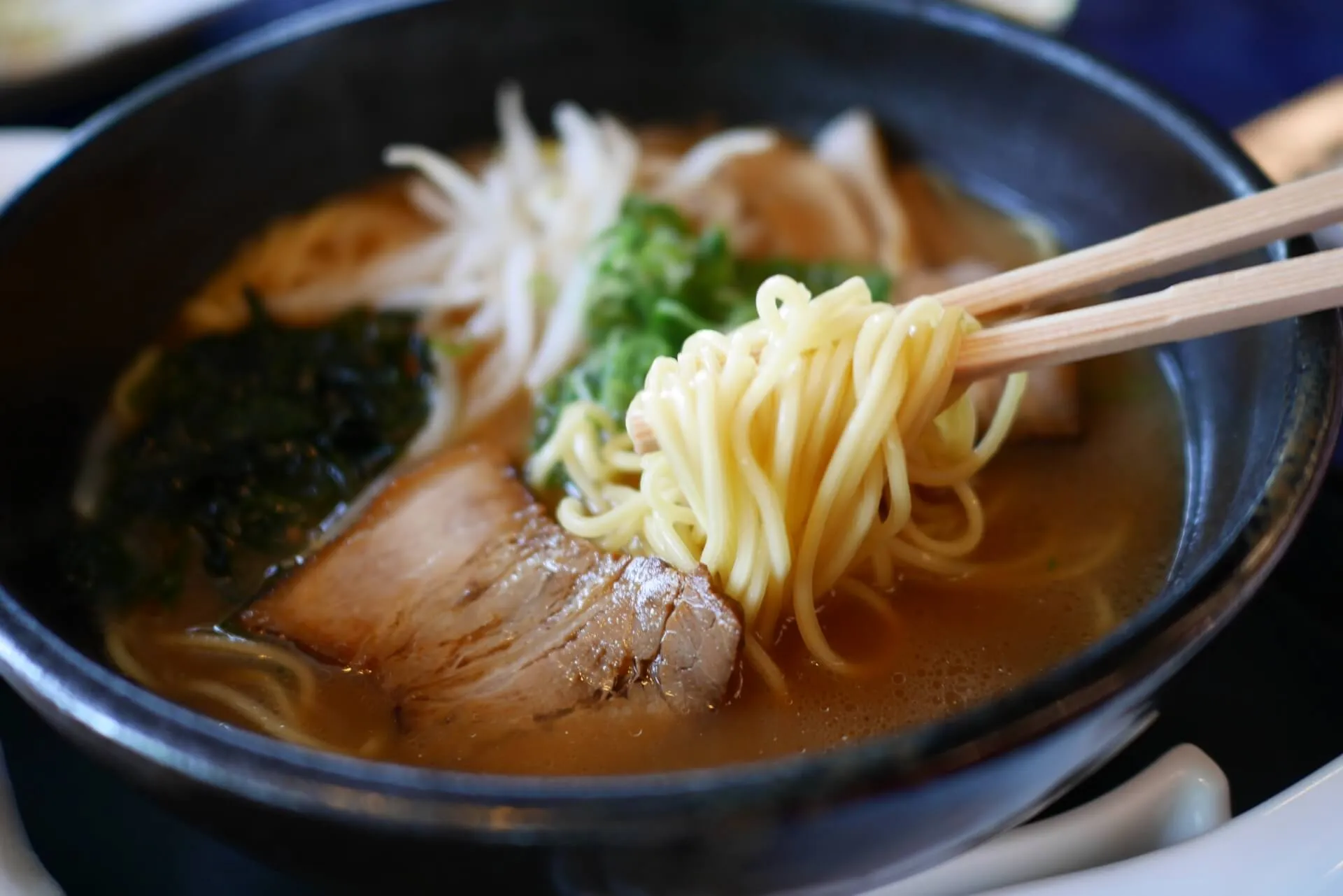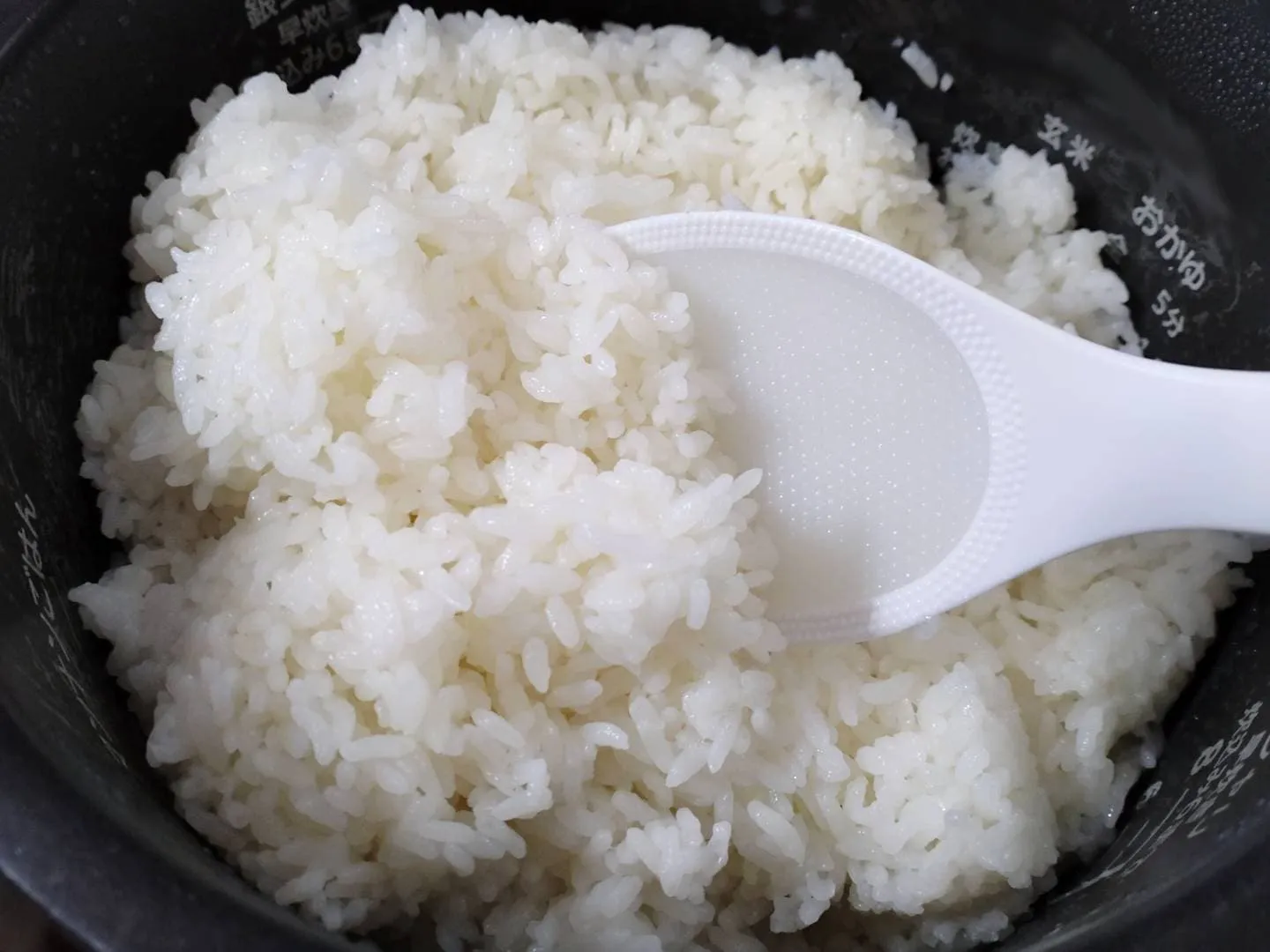Mochi is steamed rice called “glutinous rice” and beaten to harden it.
Mochi is a traditional Japanese food that is often used at annual events.
There aren’t many places where you can eat mochi at Japanese restaurants, but it’s an old food that Japanese people are very familiar with.
Nowadays, it is sold at supermarkets, but in the old days, it was eaten by poking it with a mortar and pestle.
Put glutinous rice in the mortar and keep hitting it with a pestle.
Then, the rice turns into a lump of rice cake.
Mochi is similar to cheese.
It doesn’t stretch when it’s cold, but it stretches very well when it gets warm when baked or boiled.
The difference from cheese is that the raw material is grain.
Therefore, you feel full.
The mochi itself is not very seasoned, so it is seasoned with soy sauce, azuki beans, etc. before eating.
Typical rice cake dish
Kinako rice cake (Kinako mochi)
Kinako rice cake (Kinako mochi) is a Japanese sweet that is eaten by sprinkling yellow powder called kinako on the mochi.
The raw material for soybean flour is soybeans. Kinako is a powder made by roasting and grinding soybeans. Kinako itself has no taste. Mix sugar with soybean flour and add a small amount of salt as you like to make a very delicious flour. Kinako rice cake (Kinako mochi) is eaten by sprinkling the seasoned kinako on mochi.
Ohagi (Bean cake)
Ohagi is a rice cake with red bean paste. This bean paste is often used in Japanese sweets. For example, it is also used in Japanese sweets such as Manju and Taiyaki.
Bean paste is made by boiling azuki beans well to soften them, then adding sugar to them and kneading them. It has a very sweet taste.
It’s like a jam. Jam is made of fruit, but bean paste is made of beans called red beans.
Ohagi is a Japanese sweet that you eat with plenty of this bean paste on mochi as shown in the image.
Isobe winding (Isobemaki)
In addition to that, you can eat mochi with various seasonings.
One of them is Isobe-maki, which is made by wrapping mochi seasoned with soy sauce and sugar in seaweed.
It is also called Isobe-yaki or Isobe-mochi.
Unlike kinako mochi and ohagi, the taste of soy sauce and seaweed is very delicious, not sweet. The soy sauce is made with a seasoning called mirin, which is often used in Japanese cuisine.
Zouni (Japanese traditional soup dish for New Year’s)
Zouni is a Japanese regional dish that is eaten during the New Year.
Curiously, the seasoning of ozoni differs depending on each area in Japan.
On the other hand, in the Kanto region such as Tokyo, it is common to make soy sauce soup stock. Bake the mochi before adding it.
On the other hand, in Kansai such as Osaka, mochi is added to the soup stock made from white miso called white miso.
Stew the mochi without baking it.
There are 47 prefectures in Japan, but Zouni has a wide variety of seasonings, all of which have different flavors.
When do you often eat mochi?
New Year
The Japanese people eat mochi most often during the New Year.
Why do you eat the most mochi on New Year’s Day?
It has to do with old Japanese customs.
Since ancient times, it has been customary in Japan to offer grains to God.
At the beginning of the year, there was an event to thank the good harvest of the previous year and offer rice cakes to pray for the good harvest of the next year.
At this time, the offering is like an image of Kagami mochi.
And it has been customary to eat this rice cake for a long time, and when it comes to New Year, eating rice cake is still common today.
By the way, in the old days, kitchen knives were not used when cutting kagami mochi. This is because cutting with a knife is reminiscent of a samurai cutting with a sword. Therefore, it broke it with a mallet and ate it finely.
Ohigan
Ohigan is the week of the equinox.
Ohigan is one of the old Japanese customs.
Ohigan is a memorial service for ancestors by visiting a grave. There is a equinoctial week in spring and autumn, with spring in March and autumn in September.
There are Japanese holidays such as Vernal Equinox Day in spring and Autumnal Equinox Day in autumn, and it is an equinox event to visit the grave three days before and after that holiday.
Ohagi I introduced earlier are made during Ohigan.
By the way, Vernal Equinox Day is said to be “a day to praise nature and cherish living things”, and Autumnal Equinox Day is said to be “a day to honor our ancestors”.
Children’s day
There is “Children’s Day” on Japanese holidays.
On Children’s Day, it is customary to eat mochi called kashiwa mochi.
Kashiwa mochi is a mochi wrapped in kashiwanoha.
Why do you eat Kashiwamochi on Children’s Day?
One of the reasons for this is that Kashiwanoha has long been said to be auspicious because dead leaves do not stay on the tree until new shoots emerge.
It has long been a custom to eat leaves that do not fall from a tree, hoping for the prosperity of descendants from the idea that they are protected by the god of the tree.
Others
Nowadays, mochi is sold at supermarkets so that it can be easily eaten.
The size is also reasonable, so you can use it as a topping for pizza, or put it in okonomiyaki or takoyaki for various enjoyment.
Notice when eating mochi
Finally, there are some things to keep in mind when eating mochi.
That is, mochi can get stuck in your throat.
It’s okay to chop it into small pieces, but large rice cakes can get stuck in your throat and make you unable to breathe.
It’s a very delicious rice cake, but especially children and the elderly should be careful when eating it.

